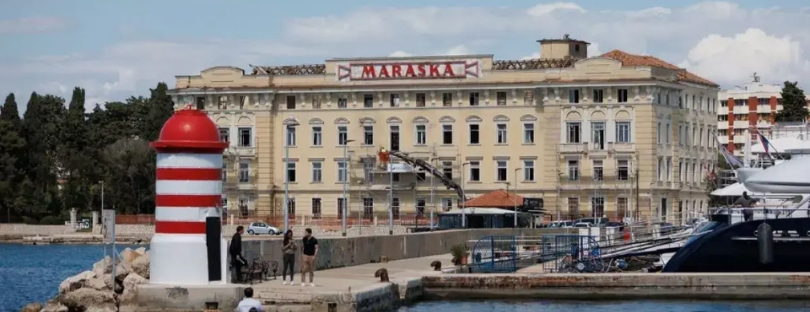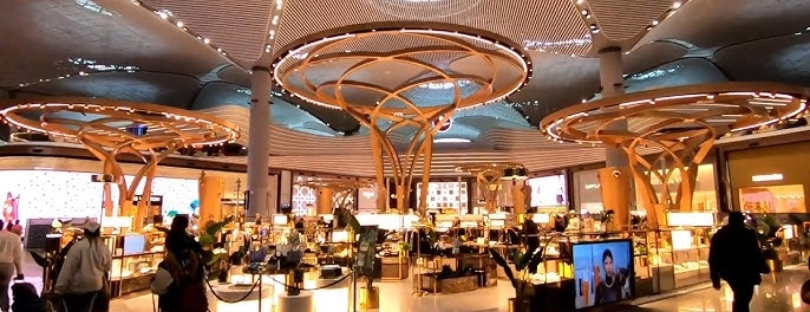
Qin Shi Huang Mausoleum (Mausoleum of the First Qin Emperor)
The Qin Terracotta Warriors and Horses are world famous, attracting a large number of tourists from home and abroad to visit each year. However, they are only a part of the yet unexcavated mausoleum of Emperor Qin Shi Huang located to its west.
At just thirteen years old, the boy-king, Ying Zheng (259 BCE – 210 BCE), began to construct his own tomb in today’s Lintong District, Xi’an, in China’s Shaanxi province. At the age of 38, King Zheng would unite all the warring states and become the first Emperor of China, ‘Qin Shi Huang.’ As the emperor’s power and wealth grew, so too did his obsession with his afterlife. He designed and constructed a mausoleum larger and more extravagant than the world had ever seen before.
Qin Shi Huang Tomb – Built for Immortality
In size, the mausoleum is larger than the Great pyramid in Egypt. Seen from afar, it is a hill overgrown with vegetation. It is believed that the tomb consists of an interior city and an exterior city. Its exterior is a low earth pyramid with a wide base. In 2000 years, the original 100-meter-high (328 feet) hillock has been weathered down to about 47 meters (154 feet) high, 515 meters (1,690 feet) long from south to north and 485 meters (1,591 feet) wide east to west. In an area of 2,180,000 square meters (less than one square miles), many large-scale alhambresque buildings housing precious treasures are said to be buried inside the tomb.
The coffin of Qin Shi Huang was cast in bronze. Underground Palace was gem-studded replica of imperial housing above ground. Moreover, booby traps with automatic-shooting arrows were installed to deter would-be tomb robbers. Heaven and earth were represented in the central chamber of the tomb. Ceiling shaped into sun, moon and stars by inlaying pearls and gems symbolizes the sky and the ground was an accumulation point of rivers, lakes and seas, like Yellow River and Yangtze River, which stands for the earth. It is said that the underground palace was brightly lit by whale oil lamps for eternity. Nowadays, the records in this book have been definitely proved right by archaeological findings and the underground palace of the tomb is presumably well preserved.
Concubines
In addition to the imperial court, archaeologists found pits within the mausoleum complex containing the skeletal remains of young females. The scientists believe they were the emperor’s concubines. Evidence suggests foul play, as dismembered body parts lay strewn about along with some scattered pearls and gold jewelry. These were not proper burials. According to Sima Qian, the usurper of the emperor’s successor ordered the death of the concubines. In theory, this would have prevented any unborn challenges to the throne.
Imperial Palace
In 2012 archaeologists announced the largest underground complex discovered so far within the Qin Shi Huang tomb necropolis. It is an entire courtyard palace and is roughly 170,000 square meters. This equals about 42 acres. The palace grounds contain one main building that overlooks 18 other royal houses, walls, roads, brickwork, and pottery shards.
The Terracotta Army
About a mile east of the tomb, a hallmark discovery occurred when local villagers of the Lintong county embarked upon digging a well in March of 1974. Approximately six feet below ground, the villagers unearthed terracotta fragments and bricks.
Presumably, the purpose of the Terracotta Army was to protect the emperor from his enemies in the afterlife. Interestingly, the pits are located between the emperor’s tomb and what was enemy territory. Additionally, the soldiers stand in battle formation facing east toward the kingdoms he conquered.
As a part of the mausoleum, the terracotta army have dazzled the world. But the materials unexcavated are also worth studying. Qin bricks and tiles, engraved with decorative patterns, are strew everywhere around the tomb. There are many satellite tombs built for accompanying Qin Shi Huang. Ministers, princesses and princes, the famous and the not so famous were inhumed there. The burial pits for horses, rare birds and pottery figures were ever regarded as the sacrificial objects to the emperor. Hence the remains from these tombs and pits are beneficial for archaeologists to make further research.
Hopefully one day, the entire mausoleum will be unearthed and displayed to the public.









